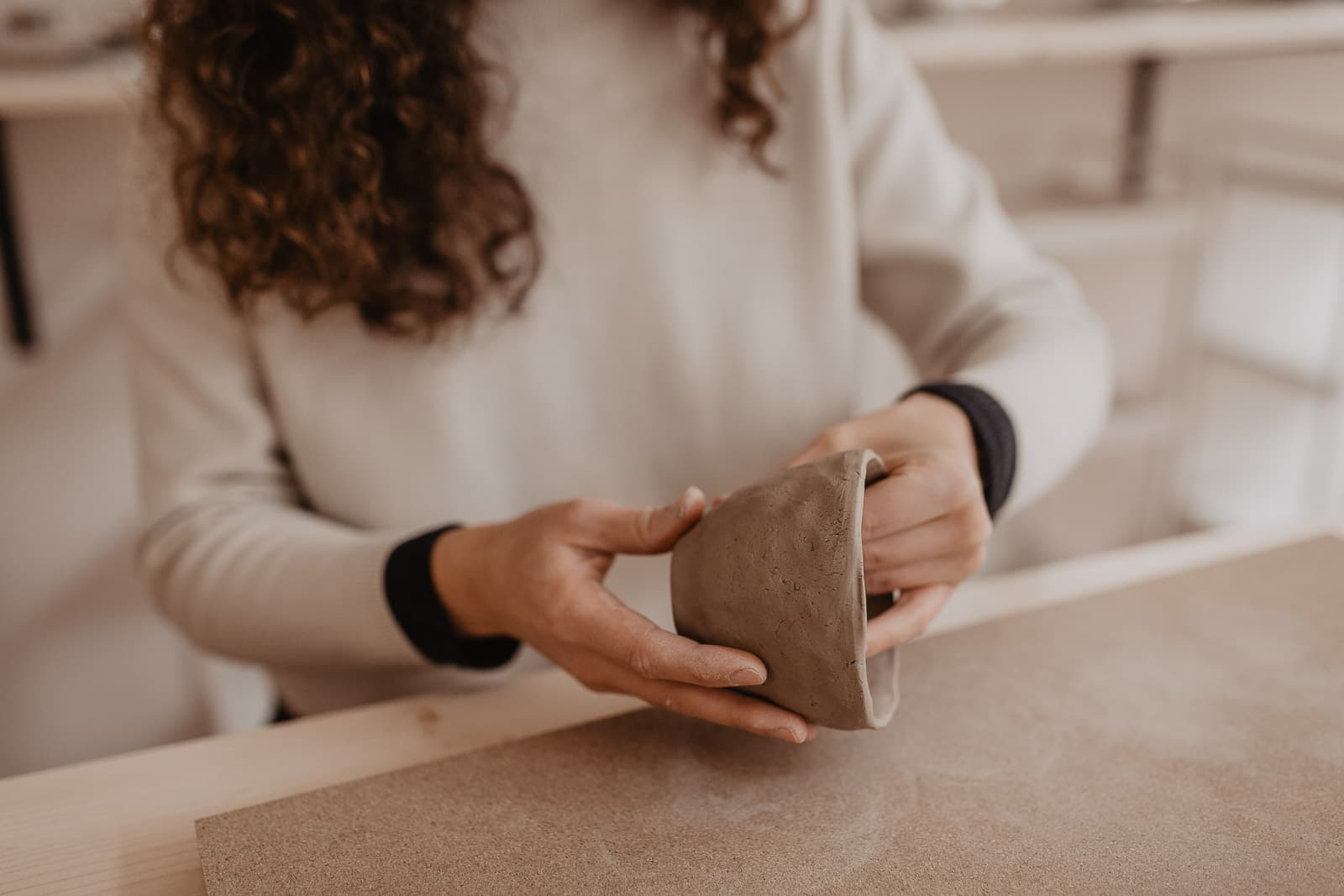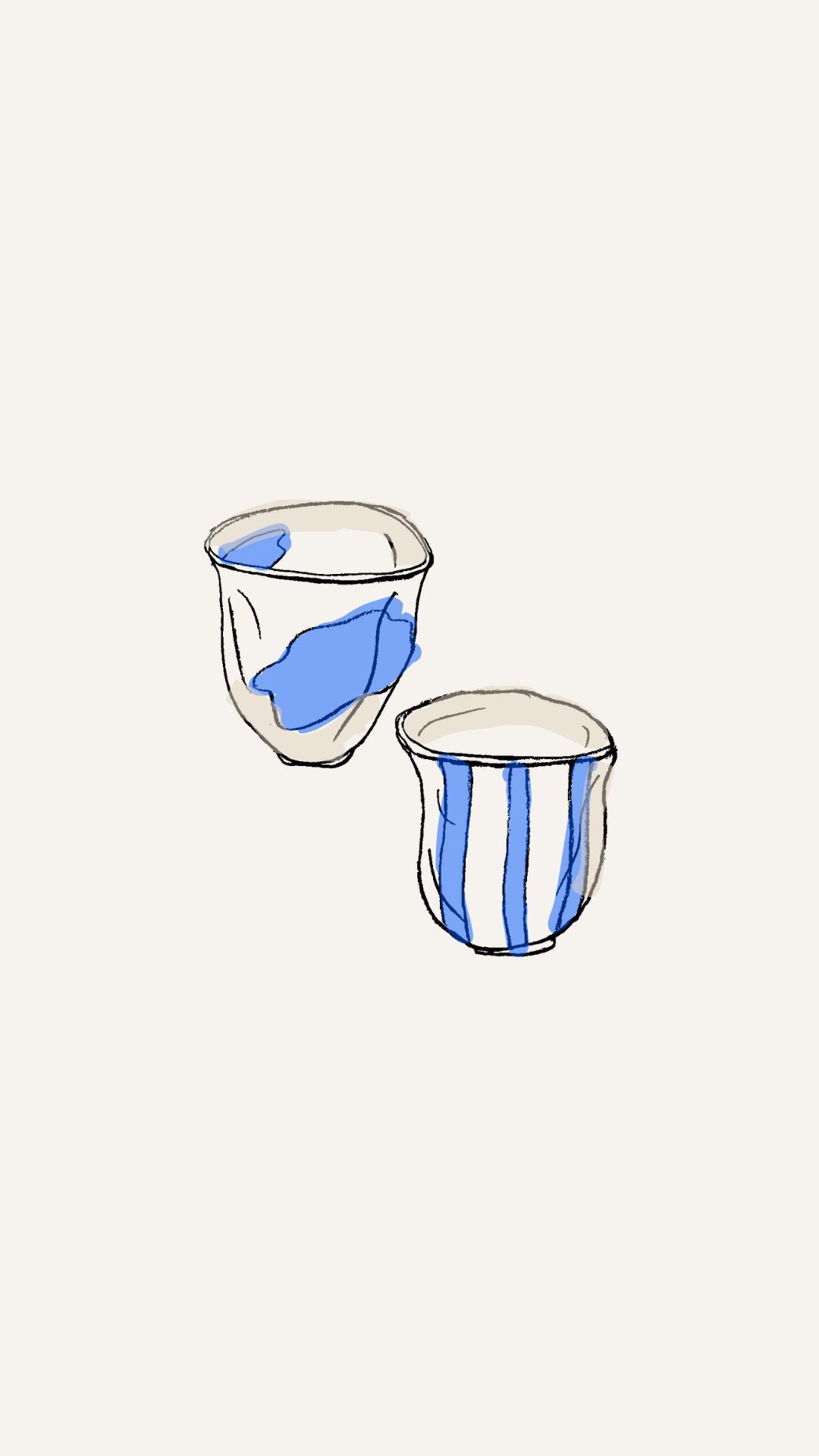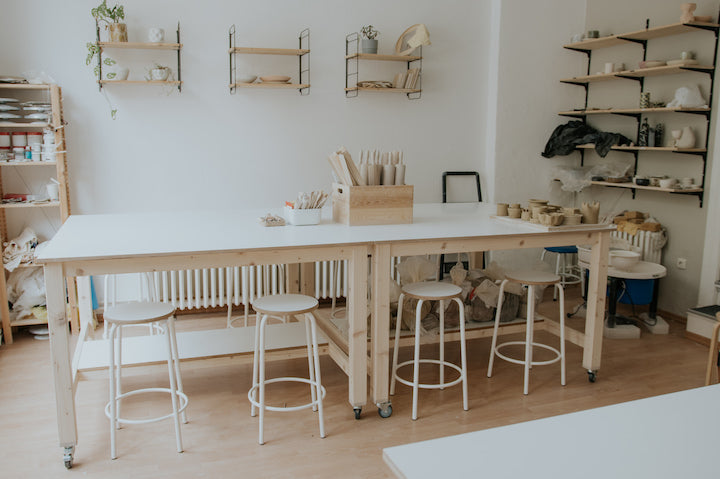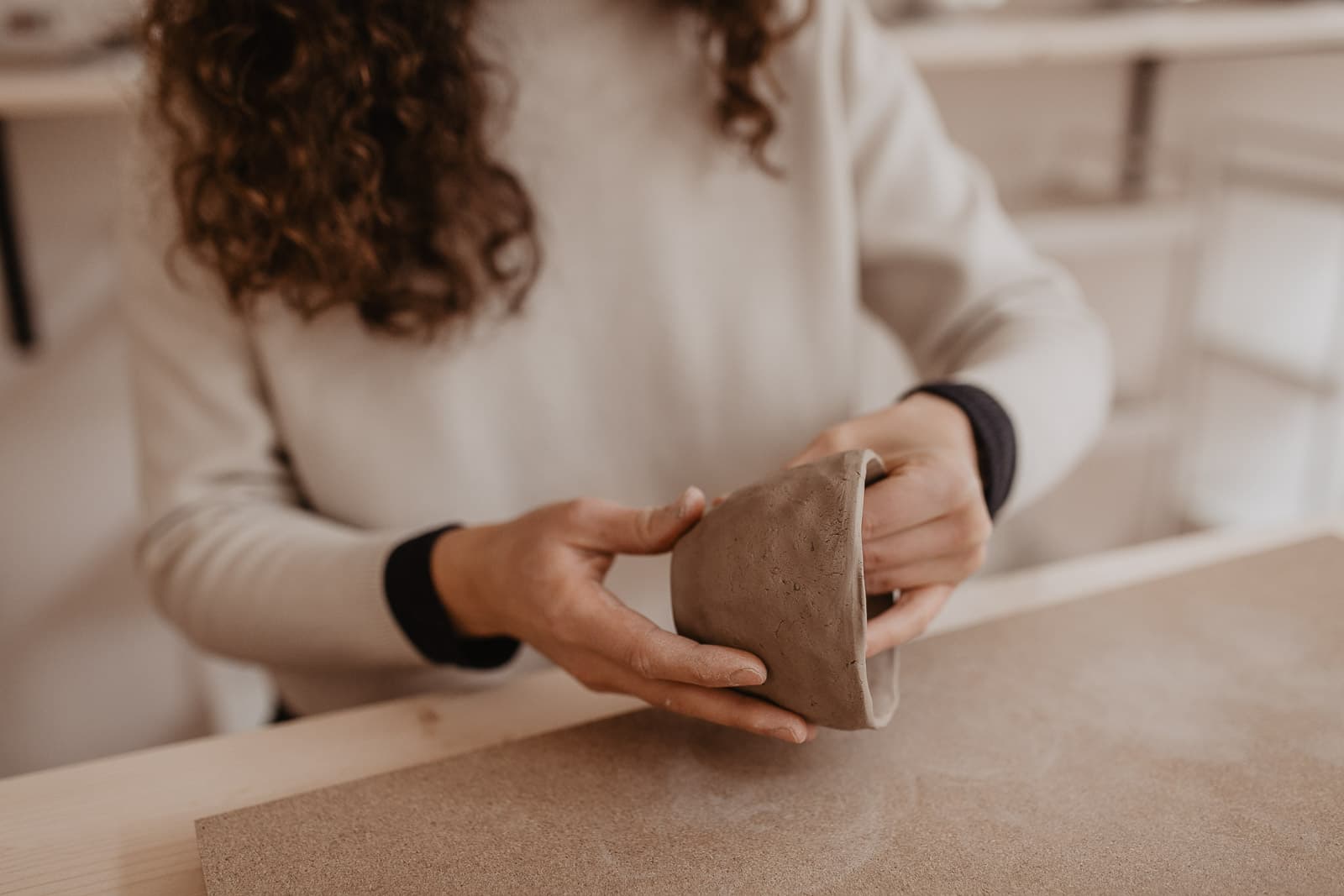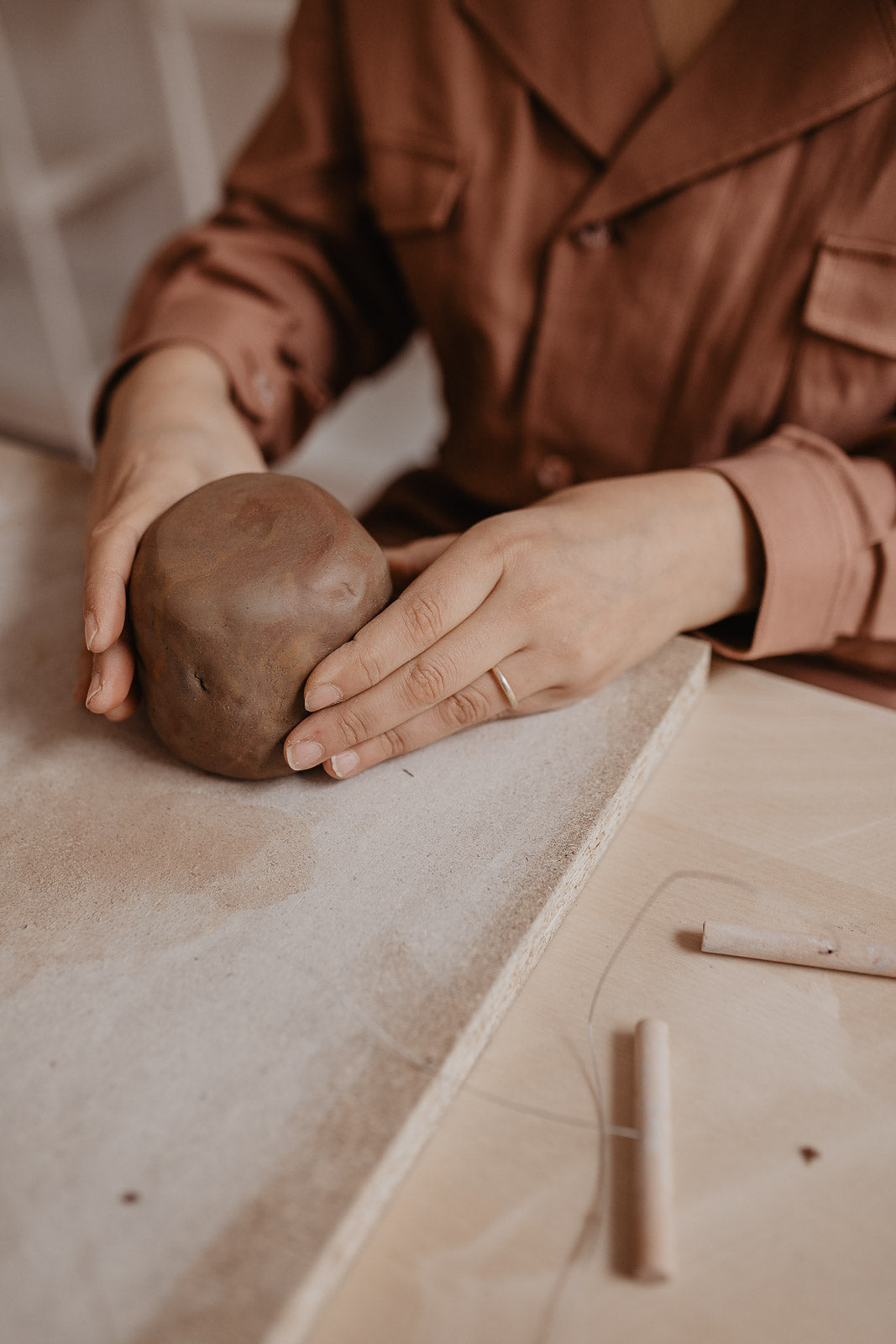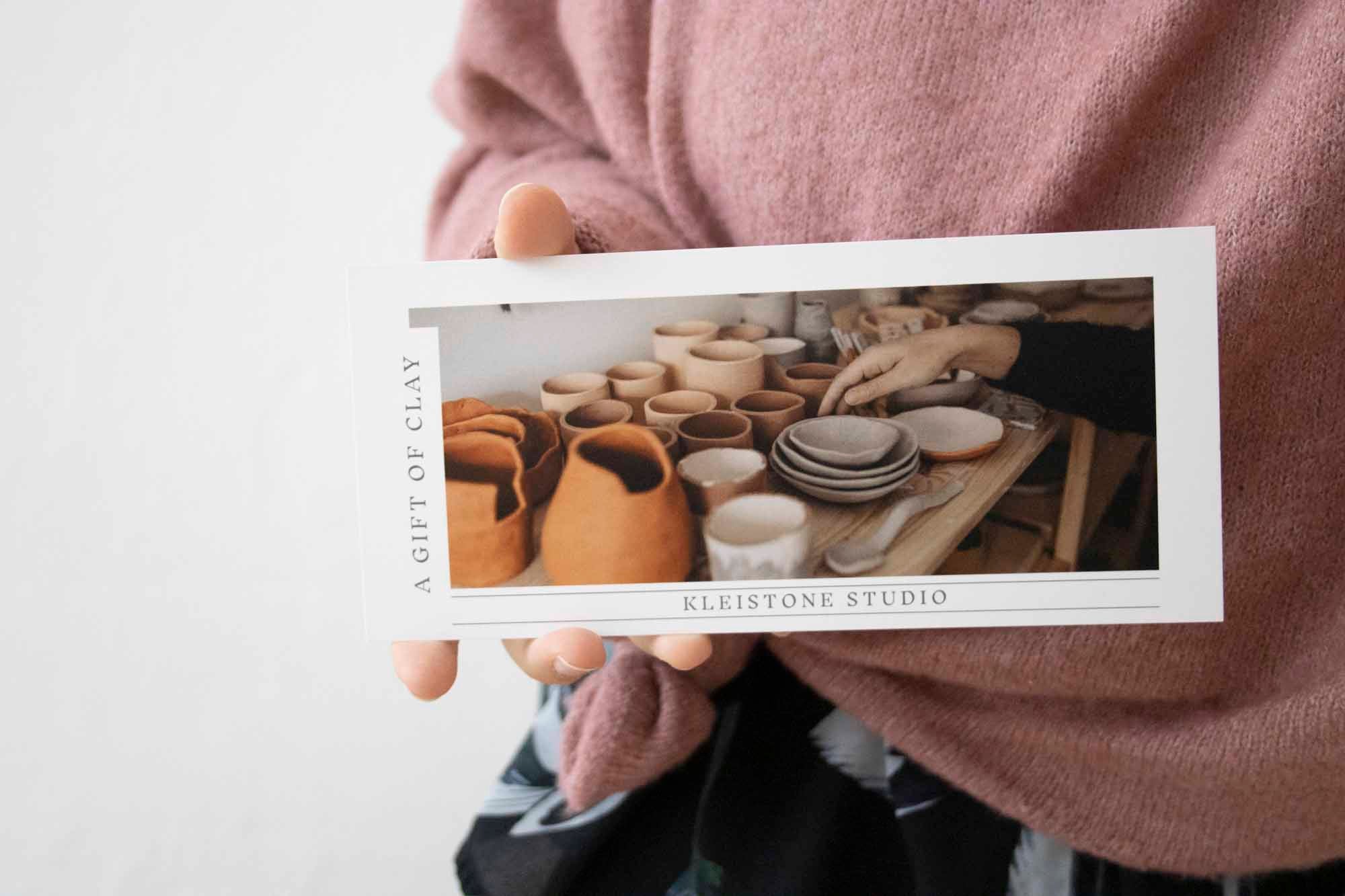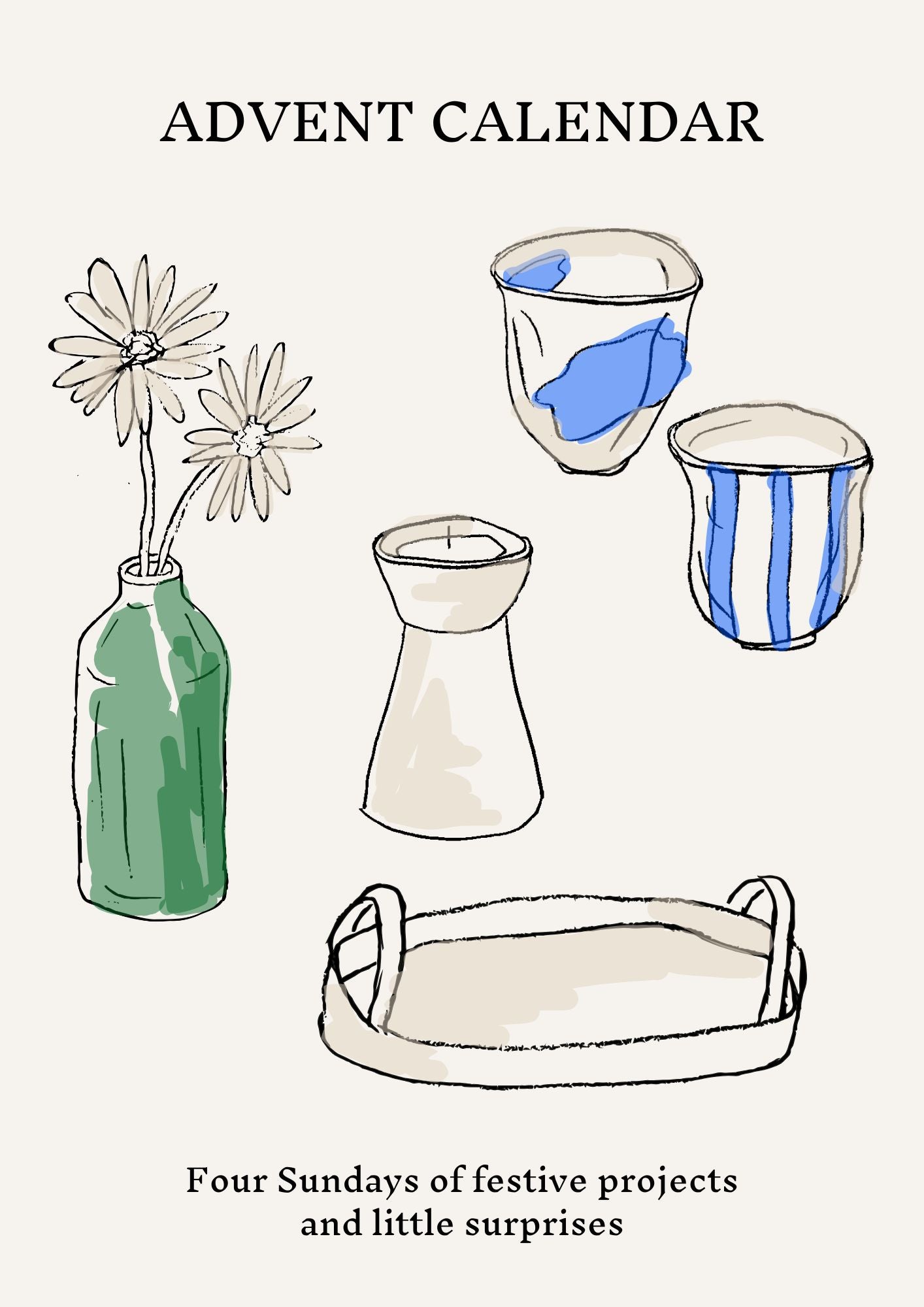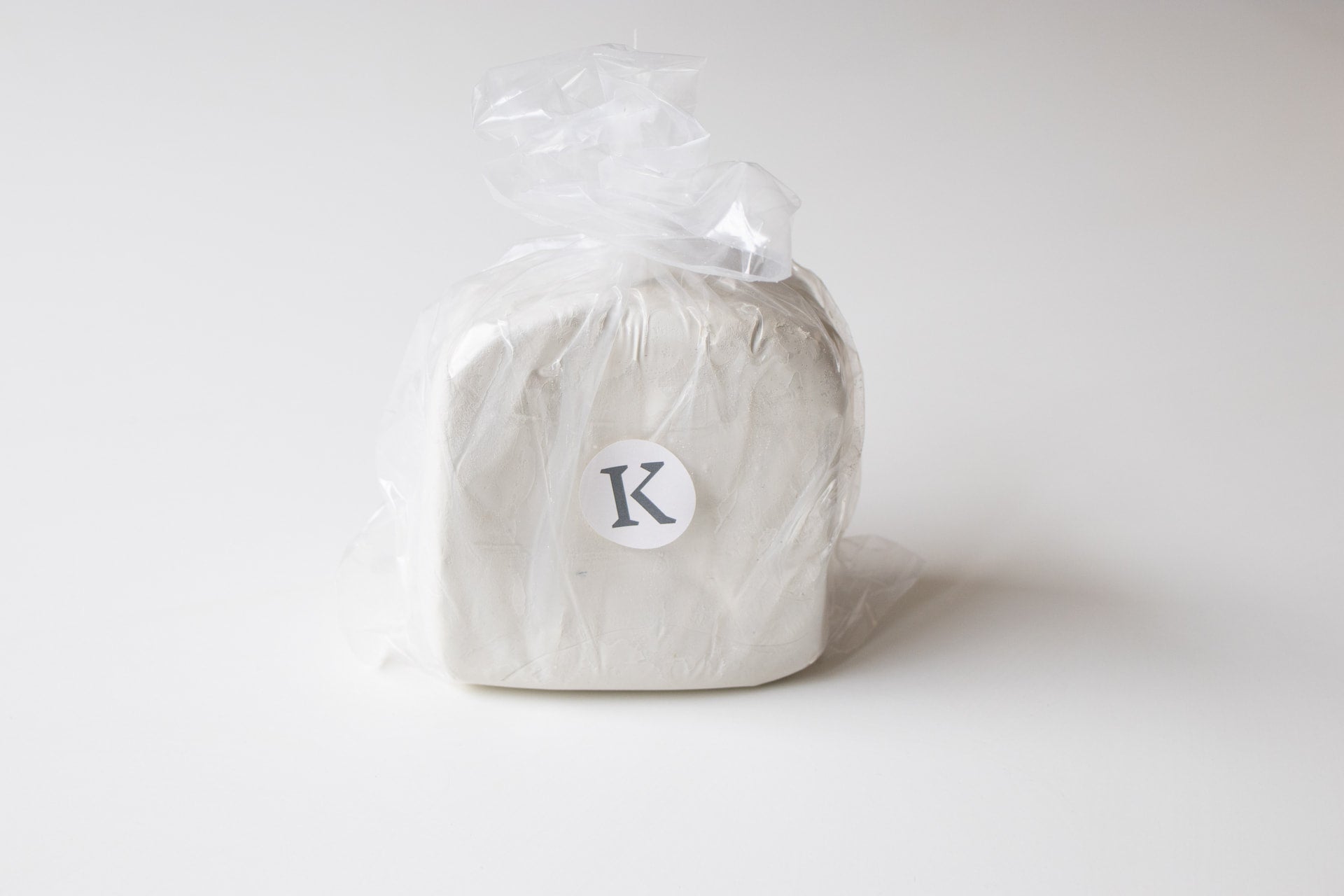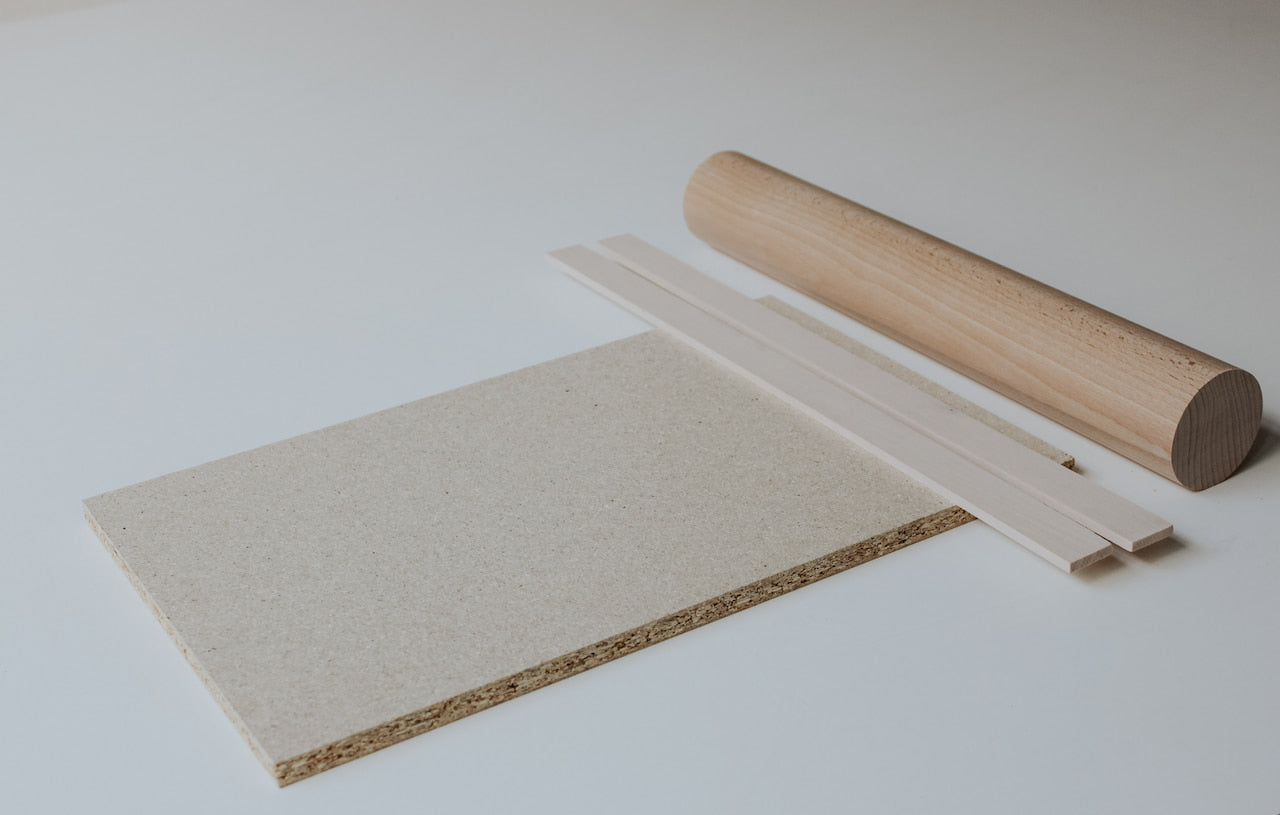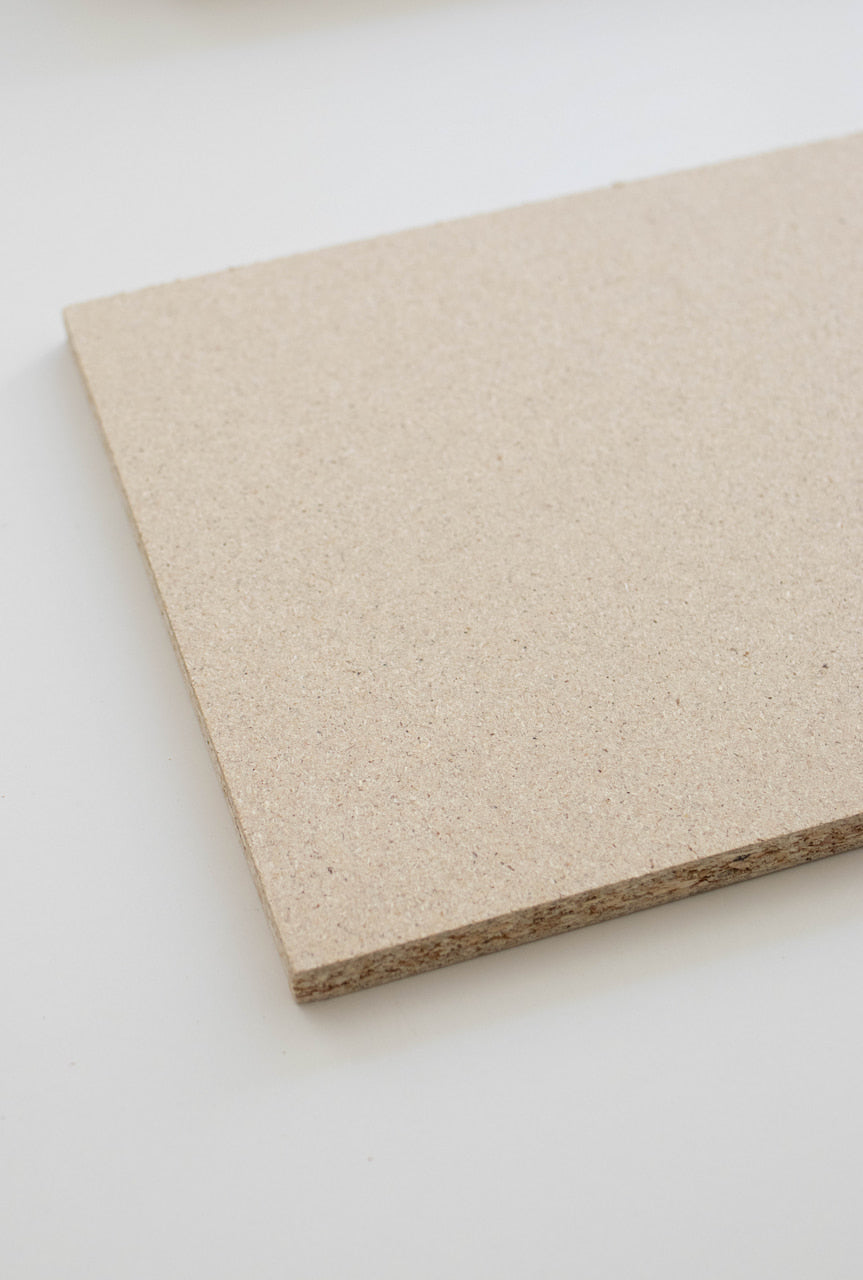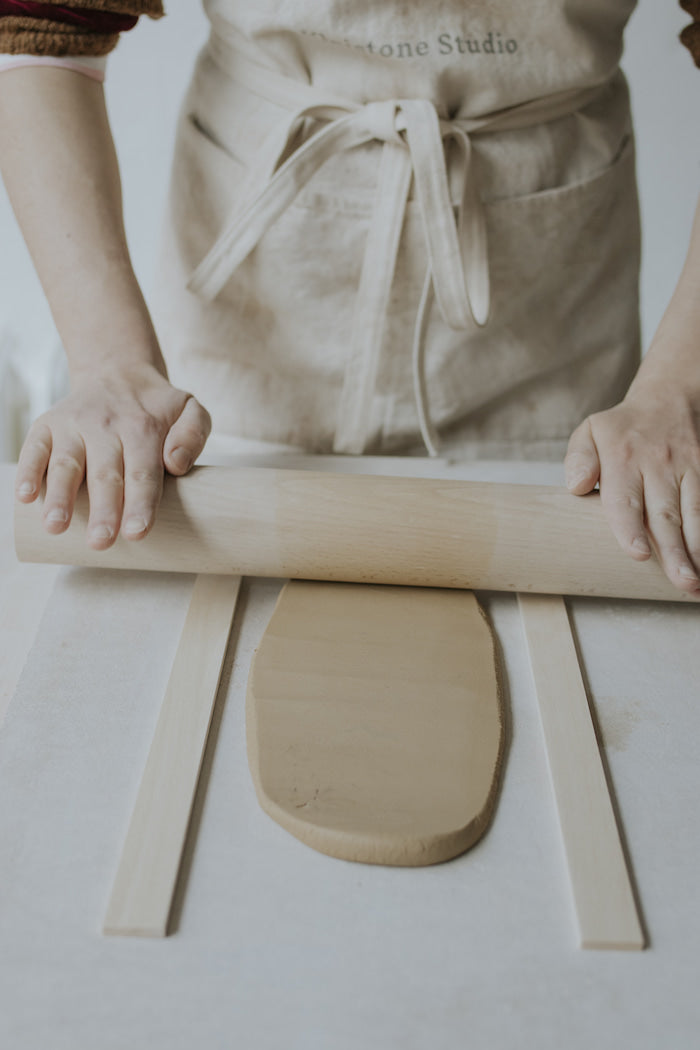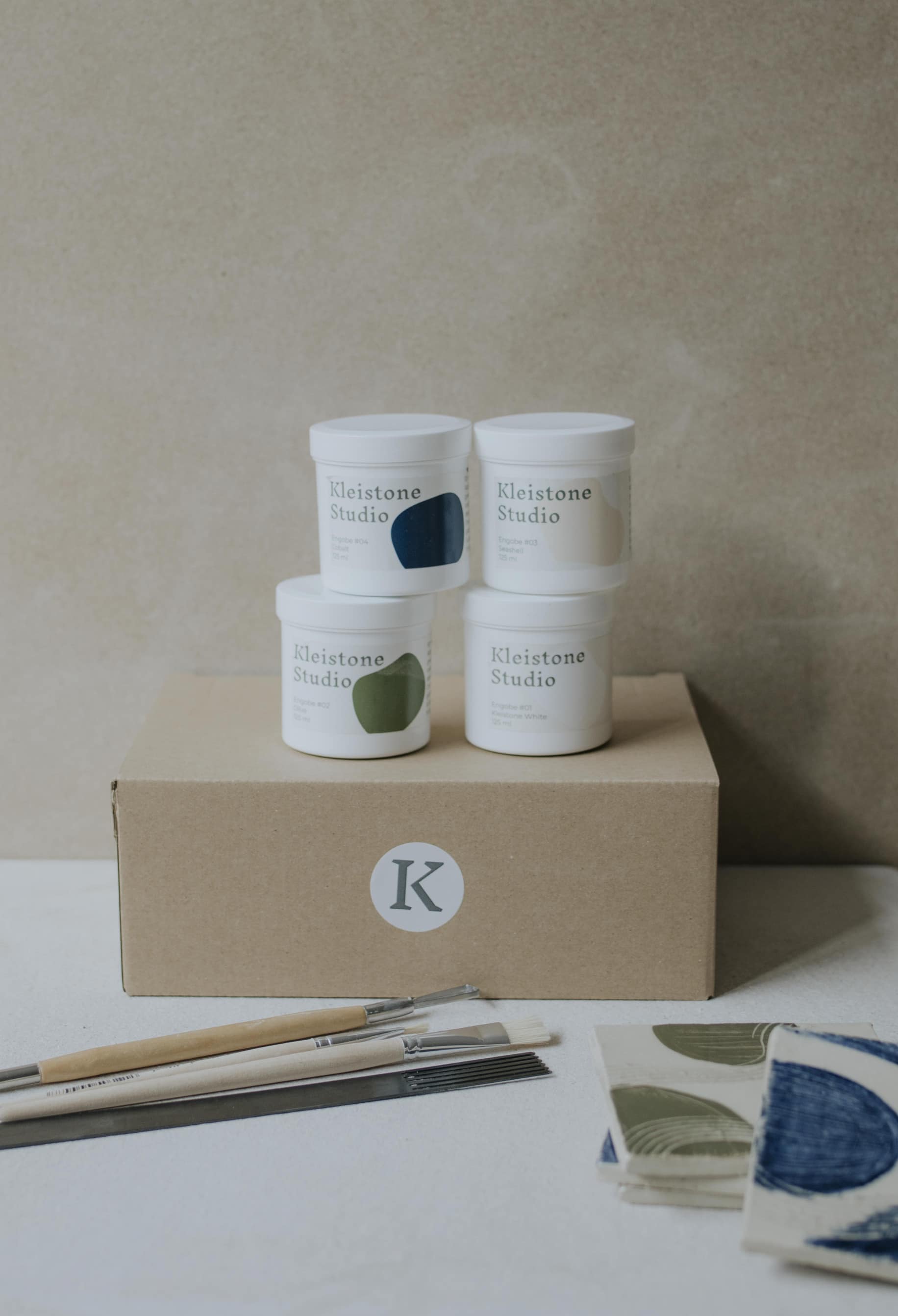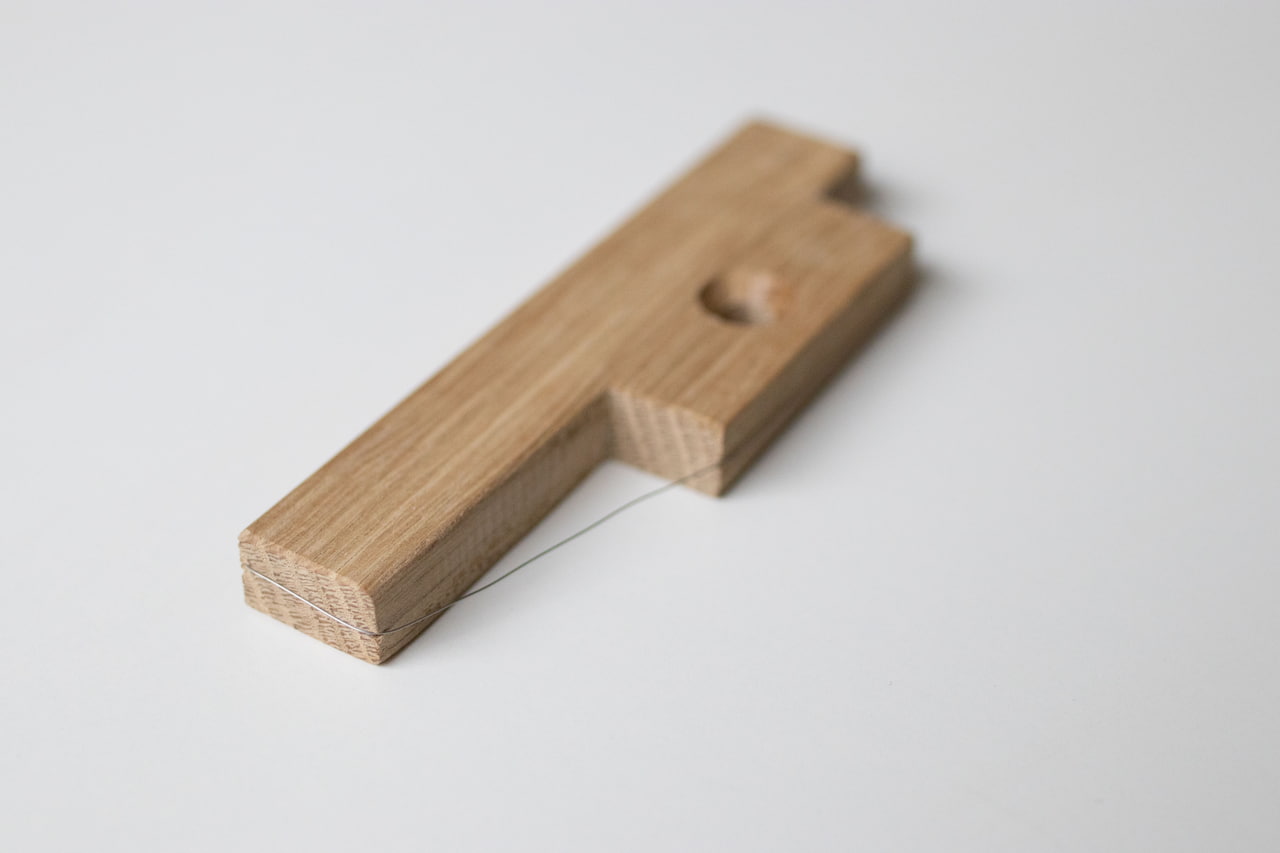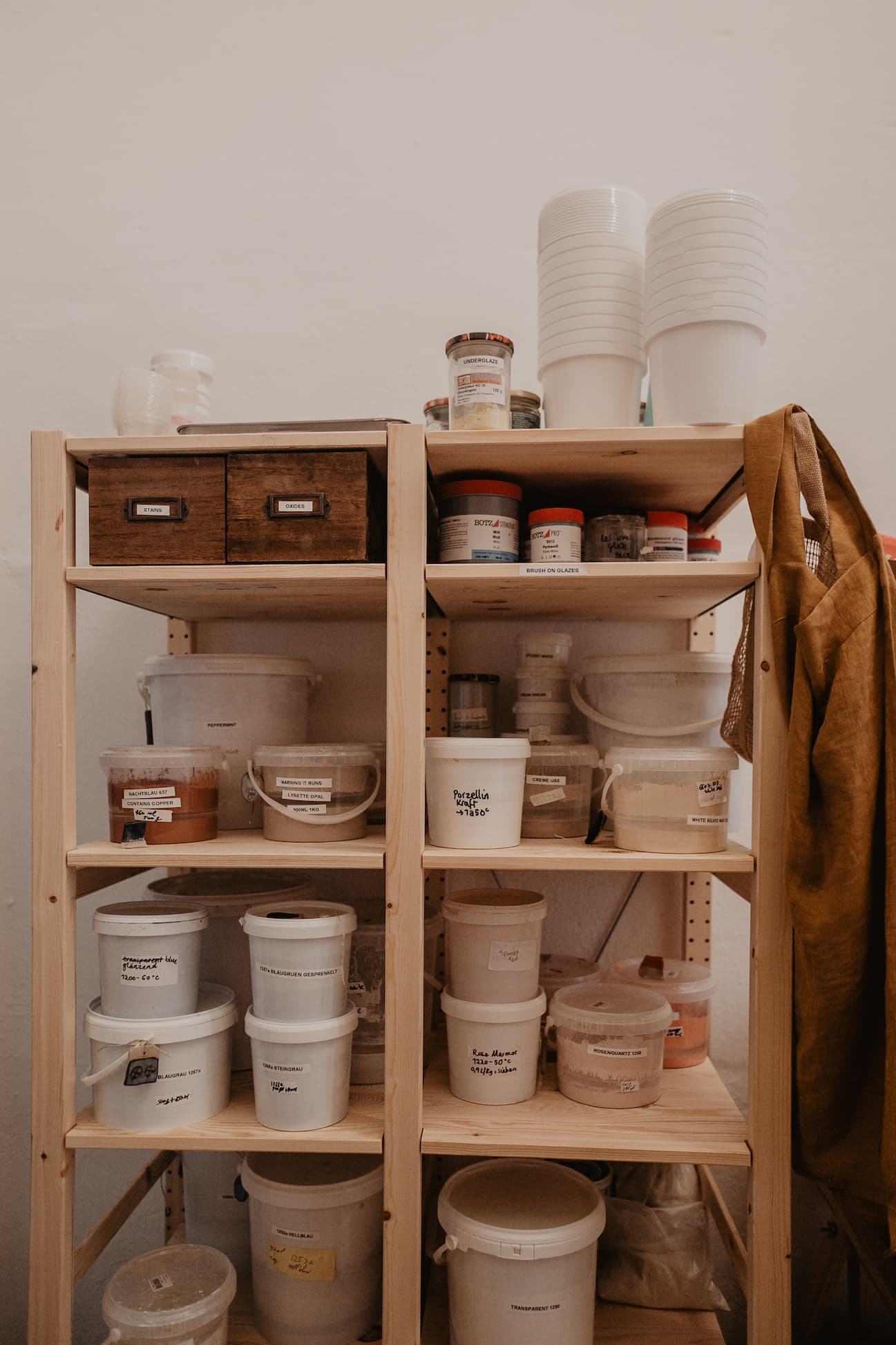
Health and safety in a pottery studio
Ceramics is a wonderful craft. Like many crafts, there are a few things to keep in mind as you work with clay and glazes.
We give new members and students tips on health and safety and with this blog post we want to tell you know we approach health and safety in our studio.
Silicosis
The number one health hazard for potters is the risk of silicosis. Silicosis is a "long-term lung disease caused by inhaling large amounts of crystalline silica dust, usually over many years" (NHS). It causes the scarring of the lung tissues and currently has no cure.
Silica is present in clay and glazes. Silica is a mineral that is essential in making both clays and glazes so there is no way to avoid it in our craft.
The biggest exposure points occur when handling dry clay and glazes (sanding, reclaiming, mixing dry ingredients), but silica dust accumulates everywhere in the studio just by virtue of the clay drying.
While silicosis occurs after long periods of exposure, if you work with clay and glazes regularly, it is still a risk.
Things to do to minimize exposure in the studio
The most important thing is to understand how to avoid breathing in silica dust. We use the following practices in the studio (this includes not only us, but also our members and students):
- Wearing a mask while sanding and only practicing wet sanding: we have been open since November 2021 so masks are mandatory due to Covid, but when sanding bisqued pieces, we wear masks and only do so with water and over a bowl of water. Sanding actually releases quite a lot of dust (you may observe the dust cloud when you are sanding a piece).
- Wet cleaning surfaces: once done working with clay, it's best to use a wet sponge to clean up the work surface.
- We wear masks with filters (FPP3) when mixing glazes: mixing glazes releases a huge amount of dust. When we mix batches of glazes (big or small), we notice big clouds develop especially at the point when ingredients are mixed with water.
Things we do in addition to reduce risks in our studio
We regularly mop the floors after classes (especially after glazing sessions which cause a big amount of dust). When we vacuum, we do so after mopping and our vacuum has a HEPA filter.
In the future, we may invest in an air filter and monitor to understand the levels of dust in the studio.
Glaze safety
Glazes also contain silica (silica is needed for the formation of glass), however they also contain other minerals and ingredients that are harmful to our health if not handled properly.
We recommend wearing gloves when glazing as well as an apron or protective clothing. It is essential to wash your hands thoroughly after glazing and not drink or eat when glazing or close to where glazing has happened. Glazes can contain toxic substances (if ingested at a certain amount in their dry form), so better be safe.
Our studio also has raw materials and we only allow their usage upon proof that classes or extensive knowledge on the subject has been gathered.
We never flush any glaze residue down the drain. We collect glaze water in buckets and once full, we bring them to the appropriate authorities for handling and recycling. This is incredibly important and often overlooked and not properly taught. Glazes can contain heavy metals and substances that can cause damage to the waterways if released into the water system.
Ceramics is incredibly satisfying. We hope this was a useful overview and that it informs you about safe practices in the studio.
